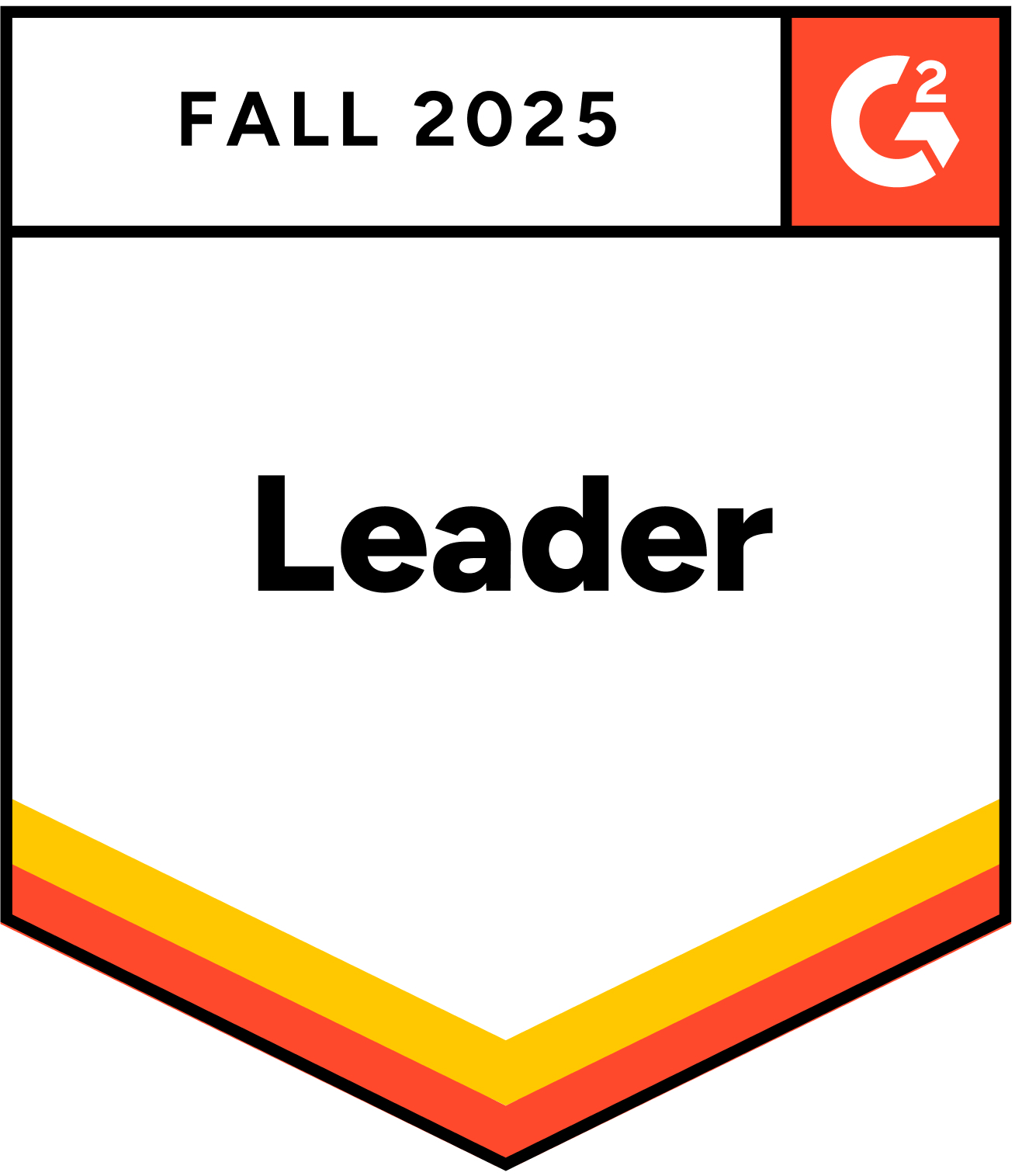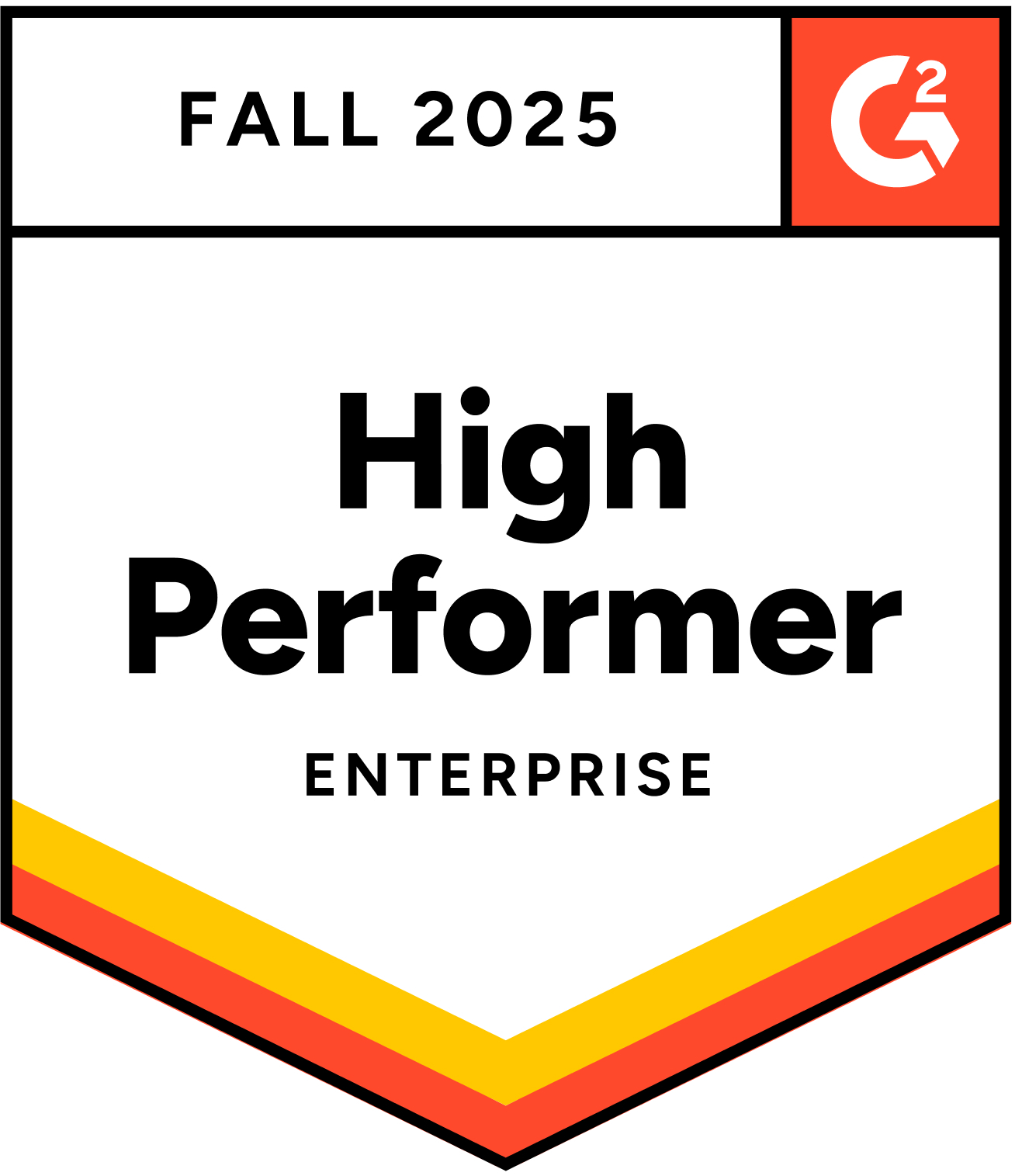In recent years, a growing number of job seekers have turned to social media platforms in search of open positions. According to recent research by CareerArc, 48% of Gen Z and Millennials with work experience applied to job opportunities through social media. Another 45% said that social media is “very important” to their job search.
And that’s not all! Social media recruiting increases your brand awareness, helps reach passive candidates, and expands your applicant pool significantly. To meet candidates where they are, companies are focusing their recruitment investment in social media (51%) networking platforms like LinkedIn (39%). In fact, 39% of job seekers found jobs through social media, such as LinkedIn and Facebook.
However, it can be a struggle to get the perfect job post out on your social media accounts. In this article, we discuss best practices to follow when creating your social media job posts.
Best Practices for Social Media Job Posts
1. Keep it simple
A growing repository of social media content combined with decreasing average attention spans and changing algorithms can easily drown your job posts. Too much or too little information can both be harmful.
Keep your posts as clear and concise as possible. This is not your official job description, so include just enough information to drive more traffic to your career page or job listing. Here are a few tips to keep in mind when designing a job post for social media:
- Clearly mention job title, position, and location
- Highlight the best you have to offer – salary, benefits, exciting events
- Include a link to the official job post and application – that’s where you want your audience to go
- Don’t forget the call to action (CTA)
2. Tailor content to the medium
While you will reuse content and posts across social media platforms, make sure to edit it! Most social media networks have word or character limits, design guidelines, and requirements that you must follow. For instance, Twitter has a 280-character limit. So, only include the details necessary to catch the qualified candidate’s attention… and draw them to the job listing.
In addition, social media trends shape post performance, as well (e.g., carousel posts have a higher engagement rate on Instagram). Following these trends and posting accordingly ensures a consistent candidate flow.
It is understood that your job posts should reflect your brand values and culture. Despite different social networks, stick to the common brand theme, tone, and style. It helps candidates find your posts easily.
Pro tip: Include high performing and relevant hashtags on Instagram and Twitter to reach more candidates
From features and benefits, to insights about the future of AI in the world of recruitment, we’ve got it all.
Wondering How AI Can Help You Rock Your Talent Acquisition Goals?
3. Leverage social media tools
Keeping up a social media presence is exhausting, especially if you are using multiple platforms. Designing posts, tailoring them for each platform, uploading them, and engaging takes a lot of time!
Social media management tools help you plan your content, edule, and automate posting across different platforms. With social media calendars, you can also see all your posts and accounts in one place and manage them effectively.
In addition, you can boost your post on social media via paid options and run targeted ads to find relevant candidates.
4. A/B test your posts and elements
Are your image posts attracting more candidates to apply? What kind of posts are candidates responding to the most? A/B testing your social media job content will help answer these questions.
A/B testing is common in marketing and email campaigns, but it can also be applied to social media content. You can use A/B testing for any type of media content, not just ads. For instance, you can assess if posting an employee testimonial or experience video influences applicants compared with a “We are hiring” static image. Over time, you will have deeper insight about what works best for your social media accounts.
However, test only one element or variation at a time. Otherwise, you won’t be able to isolate the performance of the best-performing element.
5. Don’t be monotonous
While consistent posting and repetition is necessary to remind your audience about open roles, you don’t want to bore them by only posting about jobs. Balancing between job posts and employer branding content is crucial to keep your feed attractive and interesting.
Moreover, employee highlights or behind the scenes posts show prospective candidates what it’s really like to work in the company. Candidates browse your social media to learn about your employer brand, values, and work culture to support their employment decision. An engaging feed highlighting what your brand stands for, diversity, equity, and inclusion (DE&I) initiatives, and work policies will drive their desire to work for you. Job seekers find employee testimonials dependable, and such content will inadvertently encourage them to apply.
Your social media accounts provide you with an excellent opportunity to build and strengthen relationships with your candidate network by posting relevant content regularly and engaging in two-way communication through comments and direct messages.
Conclusion
Many job seekers use social media to look for jobs, gain more information about the company and engage with your brand. Consequently, social media recruiting is an integral part of the recruiting strategy. Recruiters and hiring managers use various platforms like LinkedIn, Twitter, Facebook, and Instagram to network and attract candidates. These are also great options for niche roles and will increase your chances of reaching qualified candidates quicker.
When posting about open roles, remember to be precise and change posts according to the platform. Use additional tools to simplify the process, schedule and automate posting. Don’t forget to test different post elements like GIFs, images, or even CTAs.
Joveo works with companies of all sizes and across industries, globally. Request a demo today and follow us on Twitter and LinkedIn to see how we can help you get the most out of your recruitment advertising.















